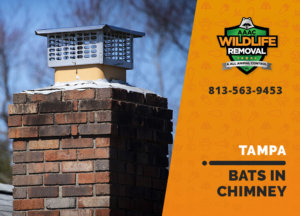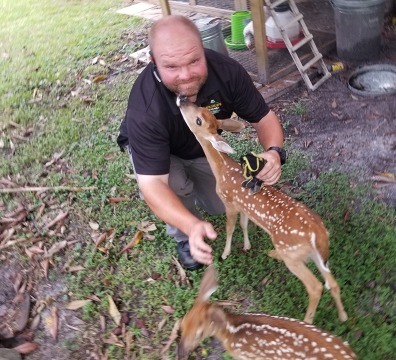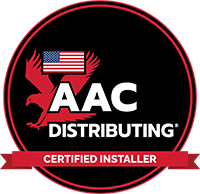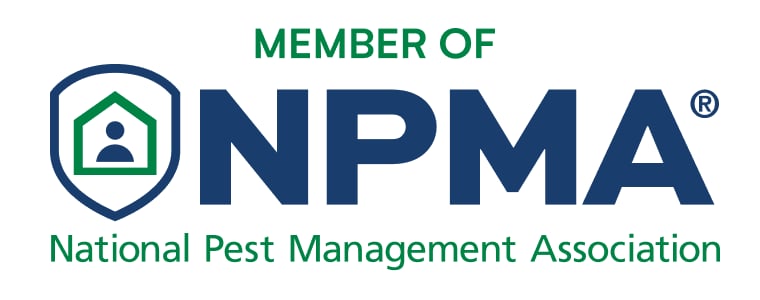Do you actually have a bat problem?
You need confirmation that your suspicions are correct, you might climb onto your roof and take a peek into your chimneys from the top.
You should find bat droppings all over the place. Be careful not to breathe near the droppings, and if you must handle them, please use protective gloves. They tend to crumble easily. You should see a lot of partially digested bugs abound in the guano.
You should also check around your house, roof, and foundation for brown stains. Bat fur causes the stain as they enter and exit your house. Suffice to say, if you see these signs, you may have had a bat problem for a long time.
Dont get angry and try to smoke out the bats. They might simply fly out of the chimney and end up inside your house. What a nightmare!
They also might die of asphyxiation, which is a pretty grim solution to your problem, and likely illegal. Not to mention, the dead bodies and the stench will drive you crazy! You will also have to spend plenty of time cleaning the house.
Use Exclusion Netting
There is a better alternative.
First, close the damper.
Then, set up an exclusion netting that covers the flu’s opening. It must be one-way netting.
This way, the flying mammals will not be able to return to the chimneys. They will only be able to leave but not get back inside.
Keep an eye on the problem for several days. Make sure that the netting does not prevent the bats from leaving the chimneys.
When bats have vacated the flu, place a chimney cap on the roof. Ensure that there is no gap that bats could use to get back in.
Block up all the Holes
There is no denying that chimneys have wide entrances. Regardless, there may be other holes or gaps on the outside of the chimney stack. After all, bats find it quite convenient to crawl into places that seem ridiculously small.
It should not prove too difficult to block these holes with water-based caulking or expanding foam. However, you must leave one hole free for the bats as an exit.
In case, you are not keen to take over this job, just hire a qualified wildlife professional to do the job! Call us at AAAC Wildlife Removal!










